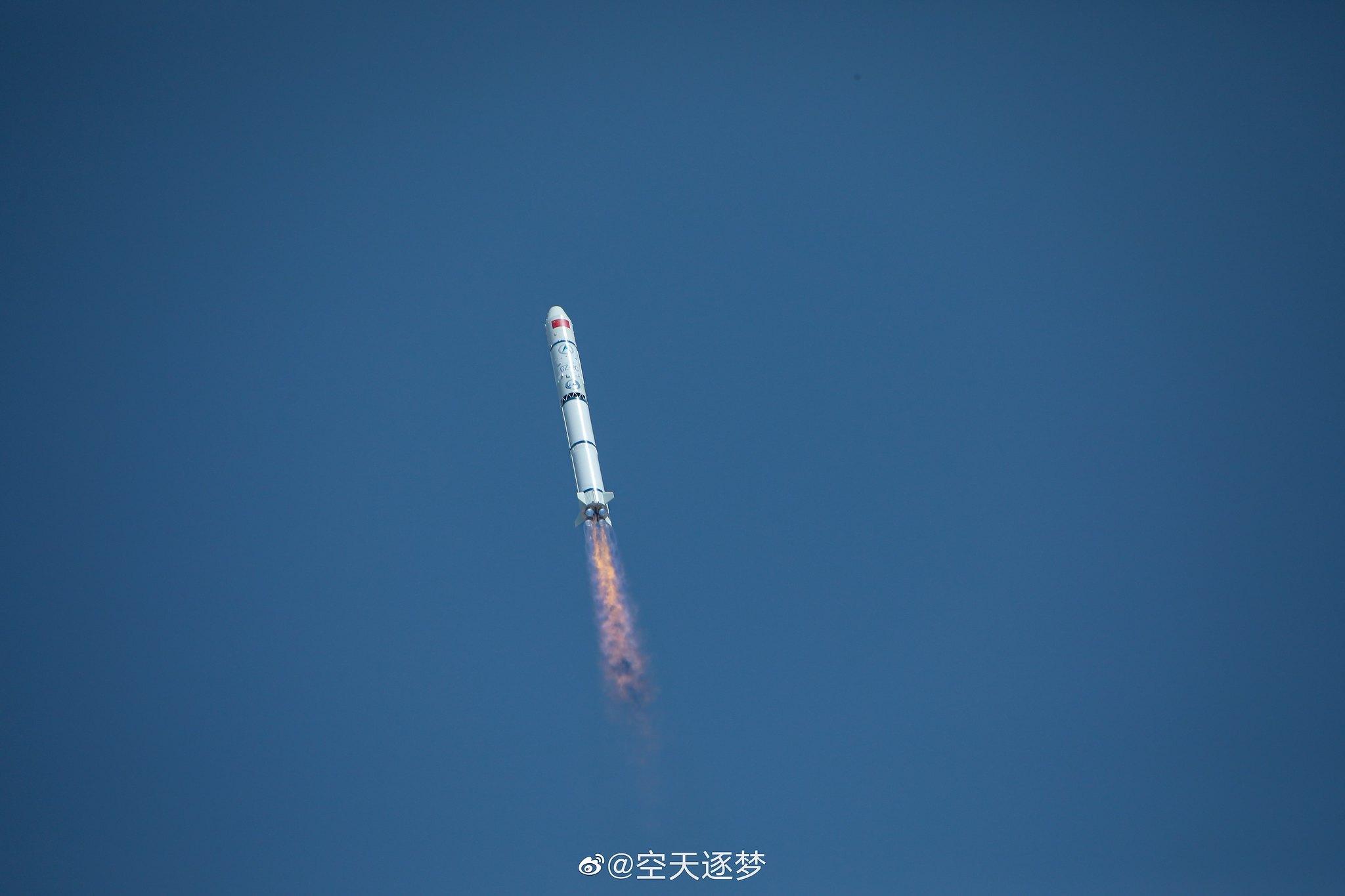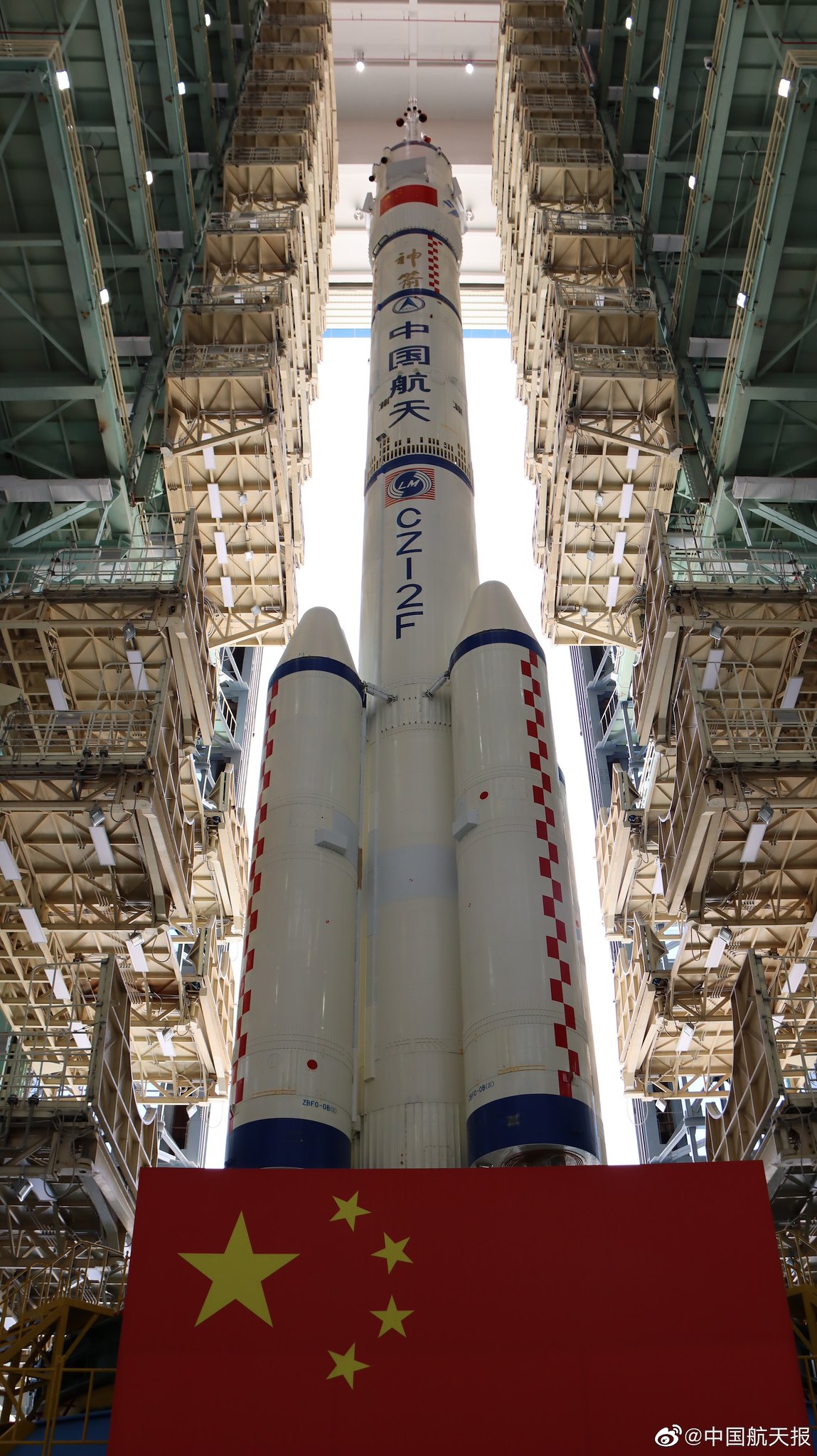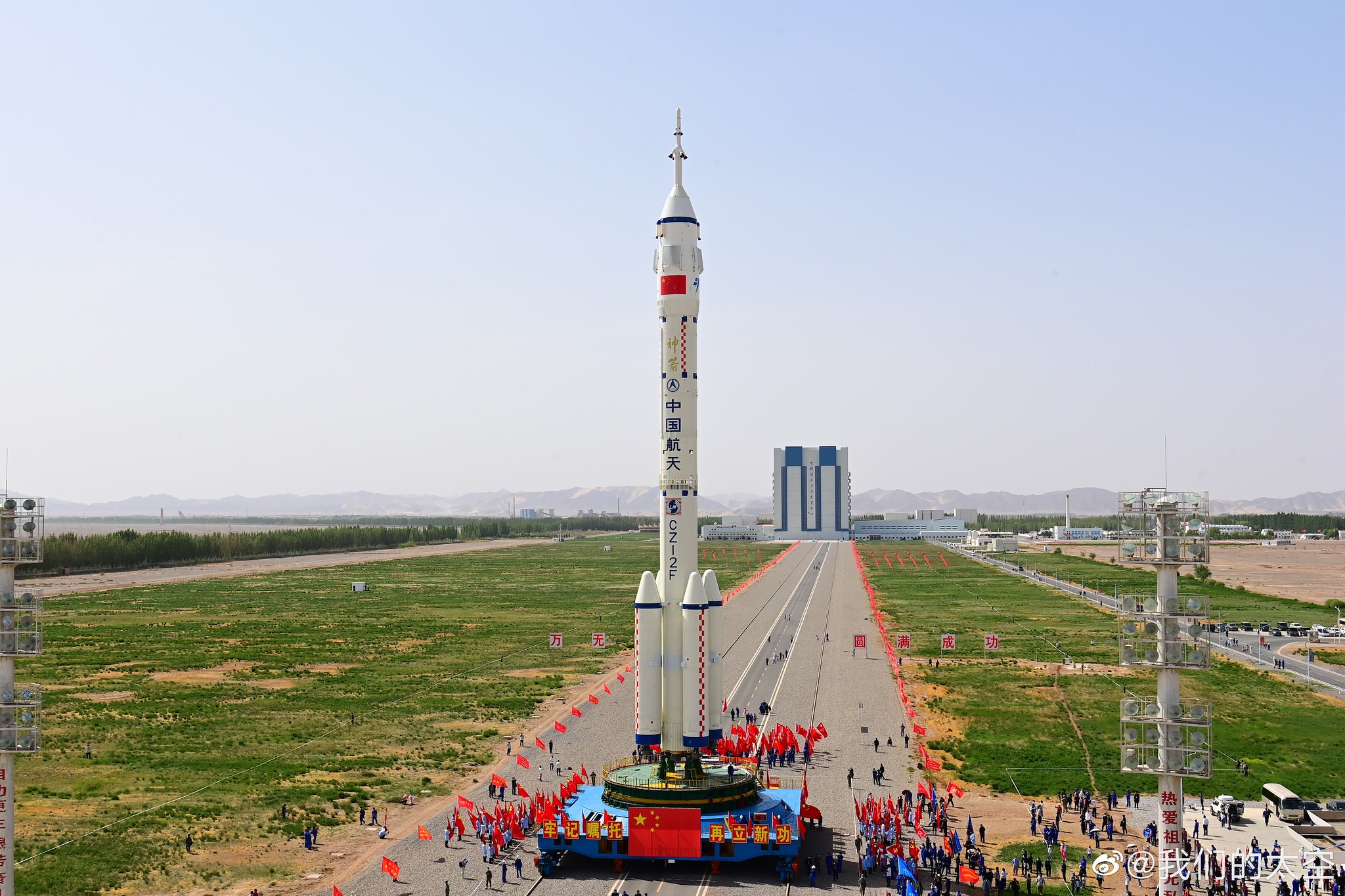by78
General
High-resolution images of the latest Long March 2C launch, which successfully sent three satellites into orbit. This launch marks the 474th flight of the Long March series. The satellites are Luojia-2 01 (珞珈二号01星), and MacauScience-1 A, and B (澳门科学一号卫星A, B). The two MacauScience-1 satellites will conduct geomagnetic surveys of the .




















